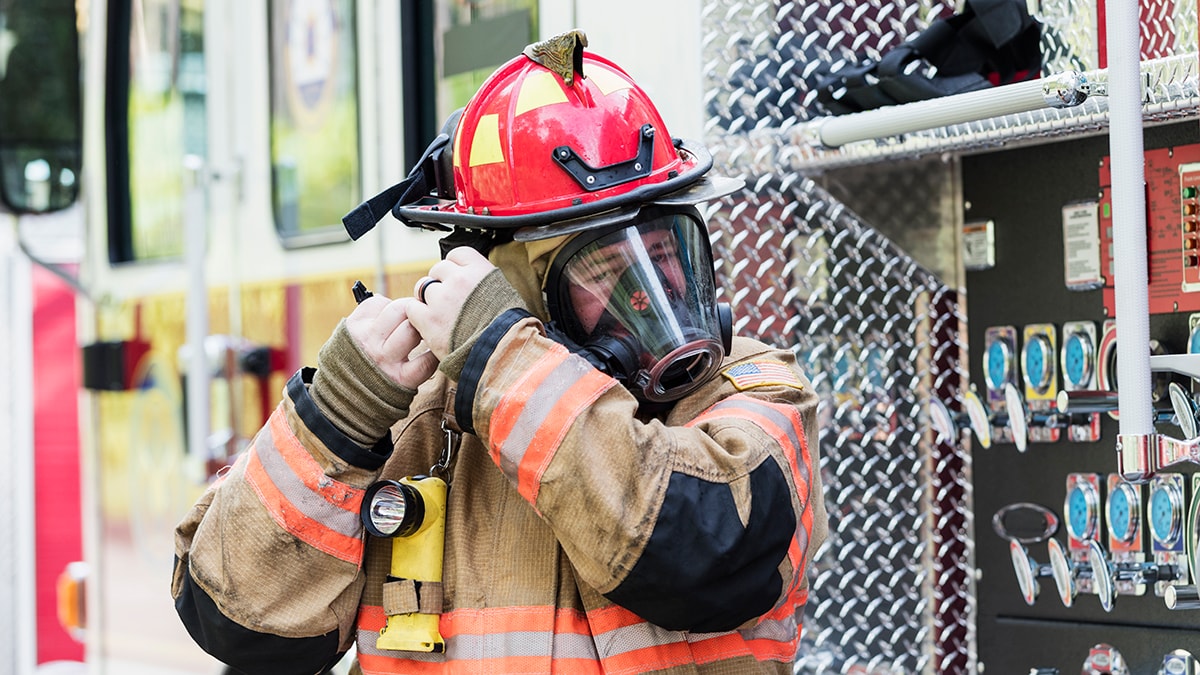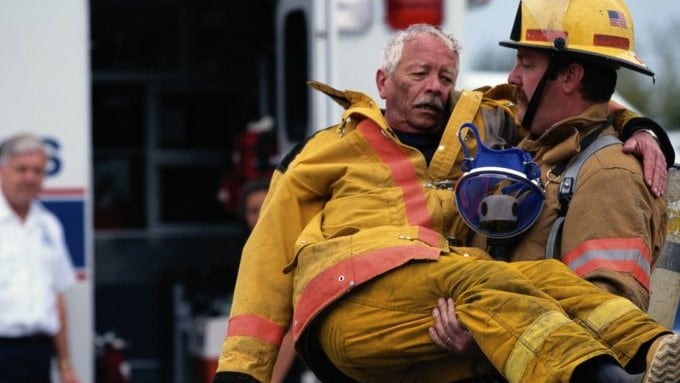Key points
- NIOSH funds specialized training for firefighters and other emergency responders to help prevent injuries.
- The International Association of Fire Fighters delivers this training across the U.S.

Overview
The Emergency Responder Training Program supports the International Association of Fire Fighters (IAFF) to provide specialized training. IAFF conducts comprehensive nationwide hazardous substance training program for firefighters, paramedics, and other emergency responders across the United States.
Through a unique Training Project Grant from NIOSH, IAFF delivers the following trainings:
- Confined Space Rescue & Operations
- Emergency Response to Terrorism
- First Responder Operations
- Hazardous Materials Operations & Technicians
- Responding to Drug-Related Incidents
- High-Consequence Incidents
- Emergency Response to Liquified Natural Gas
In FY 2021, IAFF delivered 117 classes to 1,189 students, totaling 36,680 contact hours.
Why it's important
Firefighting by its very nature is a hazardous profession. Injuries can and do occur. Firefighters may suffer an injury (and possibly death) at the fire scene, traveling to or from a fire, or during training. While the majority of injuries are minor, a significant number are debilitating and career-ending.
The fire service has done much to improve fire fighter safety. Firefighter health and safety initiatives, incident command structure, training, and protective gear are all areas where resources have been well-spent. Nonetheless, the number of fire ground injuries per 1,000 fires has remained relatively constant for the past 20 years. This reinforces the need for continued standards development, fire prevention outreach and advocacy, and training.

Goals
Through the NIOSH / IAFF collaboration, the IAFF:
- Enhances the capabilities of firefighters engaged in emergency response through the delivery of occupational safety and health training programs that are site-specific and trade specific.
- Maintains, updates, and creates training curricula consistent with the threats posed to firefighters.
- Uses innovative program evaluation to demonstrate training effectiveness and ensure the training program meets and exceeds regulations and standards. This results in firefighters who are capable of performing in an effective, efficient, and safe manner.
